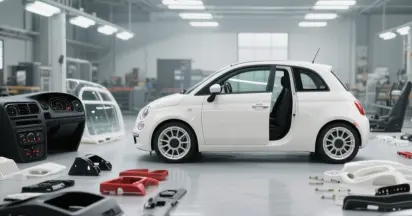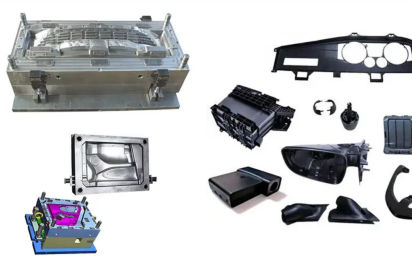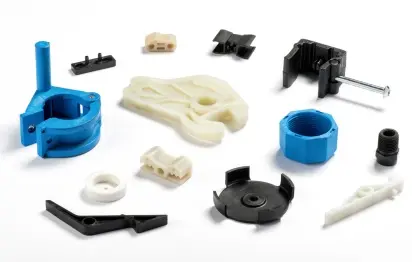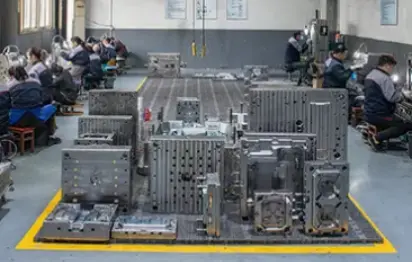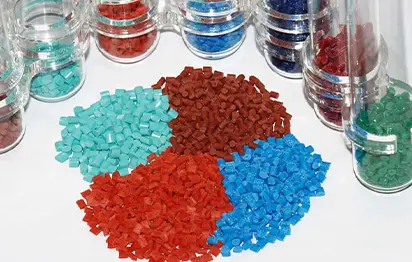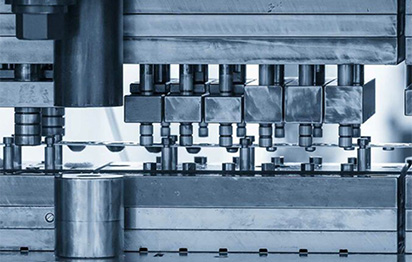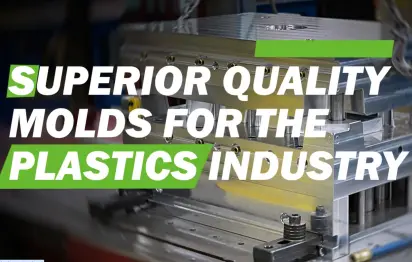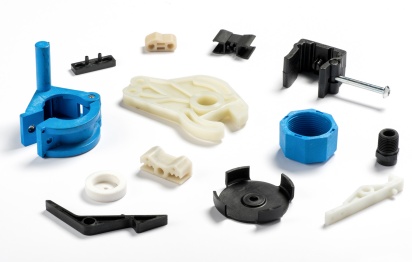Ensuring Food Safety: How Injection Molding Shapes Reliable Food Containers
In today's fast-paced food industry, maintaining high standards of safety and efficiency in packaging is essential. One of the most trusted manufacturing processes used to produce food containers is Injection Molding. This advanced method not only delivers high-quality, durable containers but also ensures compliance with strict food safety regulations. Let's explore how injection molding shapes food containers and contributes to maintaining health and safety in the industry.
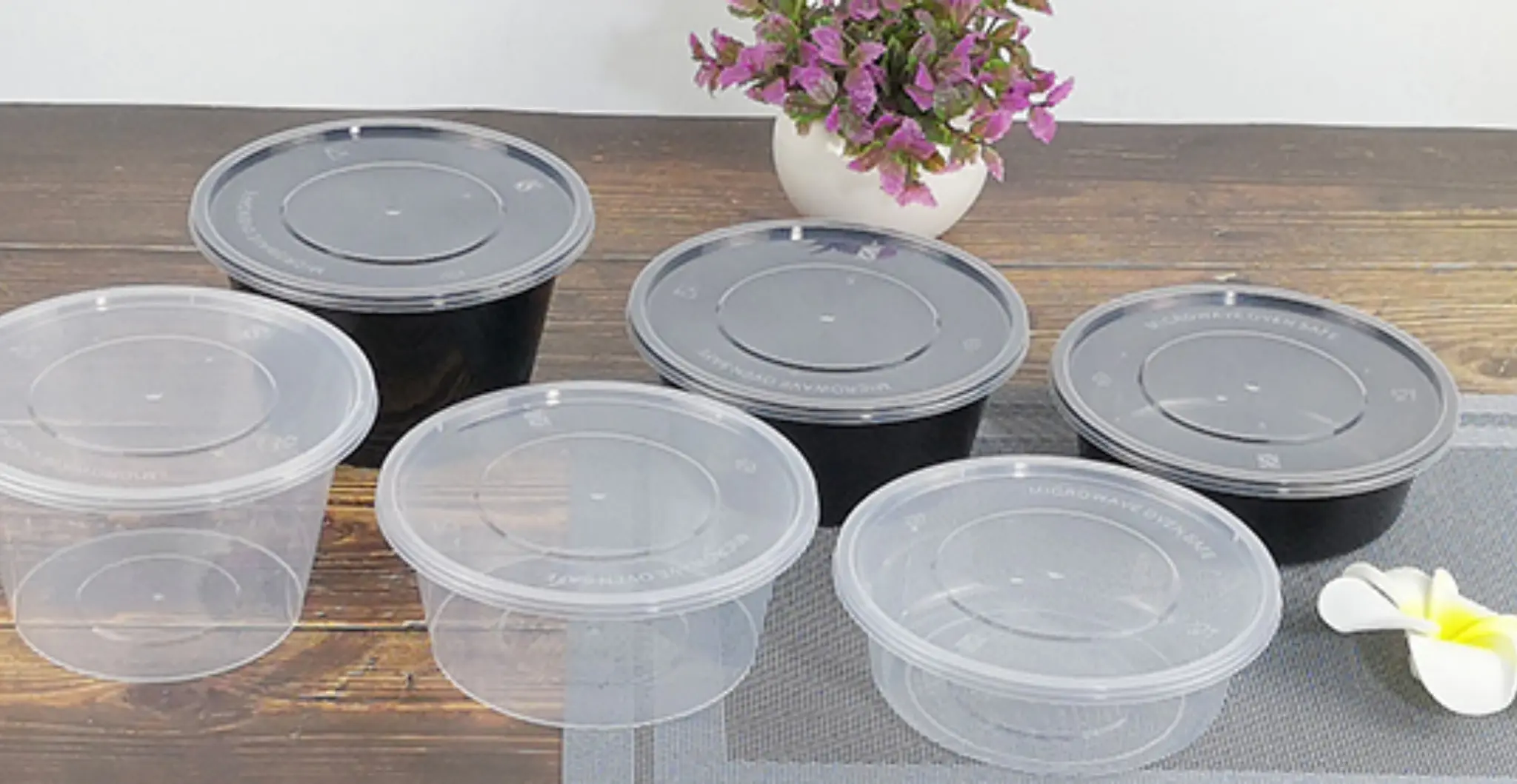
Materials Used for Food Containers
When it comes to food safety, material selection is critical. The most commonly used plastics for Injection-Molded food containers include:
- Polypropylene (PP)– Known for its high heat resistance, durability, and ability to prevent moisture infiltration, PP is commonly used for microwave-safe food containers and packaging.
- Polyethylene Terephthalate (PET)– Often used for beverage bottles and transparent food containers, PET is valued for its strength, clarity, and recyclability.
- High-Density Polyethylene (HDPE)– Ideal for products that require chemical resistance and moisture protection, such as dairy containers and food storage bins.
How Injection Molding Ensures Food Safety
Ensuring food safety goes beyond choosing the right materials. The injection molding process itself plays a significant role in maintaining hygiene and preventing contamination.
- Precision and Consistency
Injection molding produces containers with uniform thickness and structure, which reduces weak points where bacteria or moisture could enter. This consistency also ensures that each container meets stringent safety standards.
- Seamless, Airtight Designs
Containers produced through injection molding often have airtight and leak-proof seals that help preserve the freshness and quality of food, extending shelf life and minimizing spoilage.
- High-Temperature Processing
The high temperatures used in injection molding effectively kill potential pathogens, further reducing contamination risks during the manufacturing process.
- Compliance with Regulatory Standards
Injection-molded food containers are manufactured under strict regulatory guidelines such as:
- FDA (Food and Drug Administration) Standards– Ensuring that materials used in contact with food are safe and non-toxic.
- ISO 22000 Certification– Covering food safety management systems that control risks and improve food safety along the supply chain.
Advantages of Using Injection Molding for Food Containers
- Mass Production Efficiency
Injection molding is ideal for high-volume production, reducing costs while maintaining consistent quality. Manufacturers can produce thousands of containers in a short time, making it a cost-effective solution for the food industry.
- Customizable Designs
Injection molding allows for the creation of containers in various shapes and sizes, catering to diverse packaging needs while maintaining food safety and aesthetics.
- Durability and Reusability
The resulting containers are lightweight yet highly durable, making them suitable for repeated use and contributing to sustainability efforts by reducing single-use plastics.
Challenges and Considerations in Food Container Production
While injection molding offers numerous advantages, manufacturers must carefully consider factors such as:
- Material Compatibility with Different Foods– Ensuring that the chosen material does not react with the food contents.
- Hygienic Production Environment– Adhering to strict cleanliness and hygiene protocols during the molding process to prevent contamination.
Future Trends: Enhancing Food Safety Through Innovation
As technology advances, the future of injection-molded food containers looks promising. Innovations such as antimicrobial coatings and smart packaging that monitor freshness will further enhance food safety. Additionally, increased use of biodegradable materials in injection molding can help reduce environmental impact while maintaining food safety standards.
Through careful material selection, adherence to safety regulations, and advanced manufacturing techniques, injection molding ensures that food containers meet the highest standards of safety and quality. As the industry continues to evolve, manufacturers will have more opportunities to enhance both food safety and sustainability through innovative injection molding processes.






